
10 Tips To Properly Store Whiskey
Follow these 10 tips to ensure your whiskey is properly stored.
We hear the term “Bottled in Bond” thrown around quite frequently in the whiskey community. But what does it truly mean? And what problem does it solve? In this article I will discuss the motivation behind the Bottled in Bond Act of 1897 and some of the reasons as to why it was created.
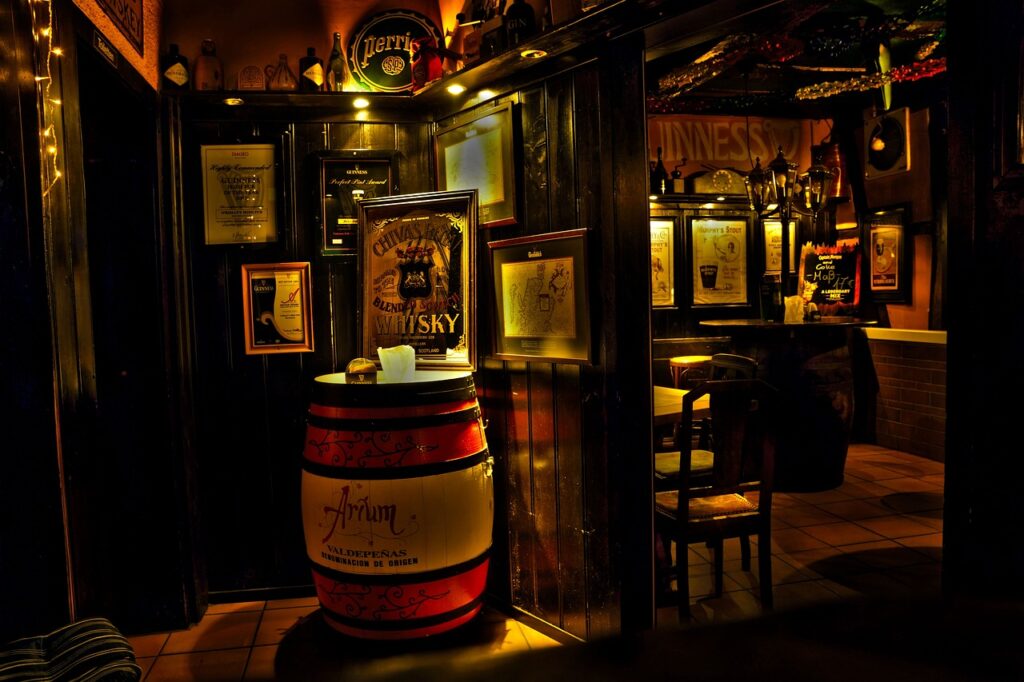
It is the year 1890 and you are heading home in a steam powered carriage. Each bump on the road feels as if you are on a modern day roller coaster. You are wearing a three piece suit and smoking tobacco from your favorite pipe.
You make a stop at your local saloon for a pour of your favorite whiskey. How would you feel if that favorite pour of yours contained prune juice? How about a dash of tobacco spit? Or rattlesnake heads? You heard me right. Rattlesnake heads. Refer to the True West Magazine for reference.
Early distillers referred to this snake whiskey as “The OL’ Snakehead”, which included alcohol, tobacco for color, black strap molasses for flavor, red Spanish peppers for spice, river water, and two rattlesnake heads per barrel. The rattlesnake heads were believed to give the whiskey “spirit.” The presence of a horseshoe in the mixture was used as a test for readiness; when the horseshoe floated, the whiskey was deemed ready to drink.
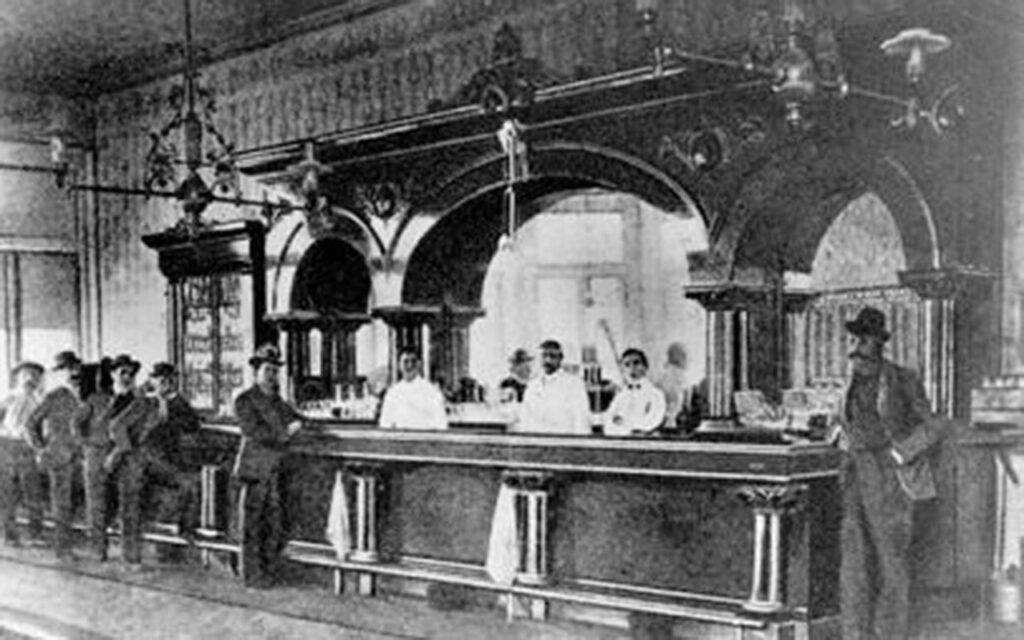
This type of malpractice highlights one of many reckless behaviors performed by early distillers.
There was a wide range of ingredients distillers put into their whiskeys, ranging from relatively harmless additives such as molasses and burnt sugar to potentially dangerous ones like sulfuric acid.
The Bottled in Bond Act of 1897 was created as a pivotal solution to some of the aforementioned recklessness that distillers were performing. The new act not only forced distillers to prove what was being put into their whiskeys but also enforced several other requirements that had to be met in order for whiskey to be sold to local saloons.
One of those requirements stated that the whiskey had to be the product of one distillation season. There are two official distillation seasons defined by U.S. regulations: January to June (Spring) and July to December (Fall). This is not to be confused with the whiskey aging process, which is where the whiskey is stored in a barrel for an extended period of time and developers its flavors and character. For a whiskey to be considered a Bottled in Bond bottle, the whiskey must be distilled during the regulated months listed above.
Another requirement for a bottle to be considered Bottled in Bond is maintaining a single distiller at one distillery. This requirement ensured that the consistency and traceability of the product remained high. By ensuring the whiskey was produced by one distiller at one location, there is much greater control over the production process. Since the flavors of whiskey can vary significantly based on the distillation process, this requirement helped to standardize the quality of Bottled in Bond whiskeys.
This requirement also helped consumers trace a whiskey to a single distiller. Back in the 1800’s, when adulteration was at an all time high, consumer trust in distillers was at an all time low. This meant that customers were more willing to purchase Bottled in Bond whiskeys as they began to earn the trust back from distillers.
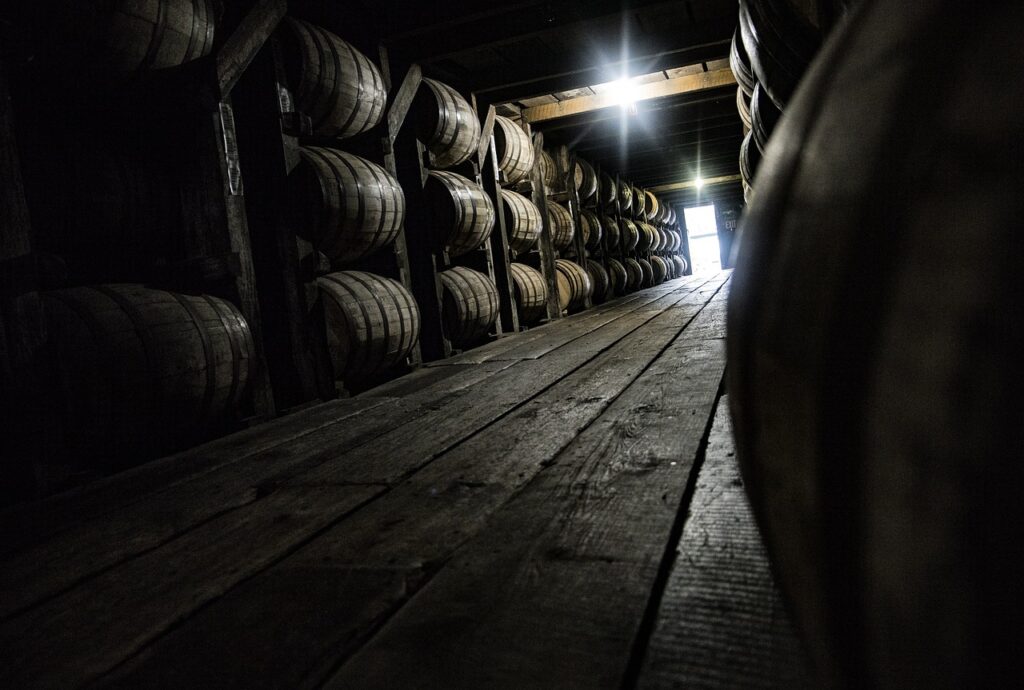
This requirement alone was arguably the most impactful change that came out of the Bottled in Bond Act of 1897. The Act stated that for a whiskey to be considered Bottled in Bond it must be aged under strict government supervision, providing a guarantee of its authenticity and quality.
The aging process had to take place in federally bonded warehouses. What is a “federal bonded warehouse”? Simply put a federally bonded warehouse is a type of storage facility that has been authorized and regulated by the government. These warehouses are “bonded” in the sense that they operate under a bond (or insurance guarantee) to the government to comply with various regulations and taxation requirements.
These federally bonded warehouses still exist today and are a staple in producing Bottled in Bond whiskeys. They are predominantly located in major whiskey regions such as Kentucky and Tennessee. Some bonded warehouses can store a massive number of barrels. For instance, the Rickhouse at Buffalo Trace Distillery in Kentucky is known to house thousands of barrels.
Since many of these warehouses store thousands of whiskey barrels at any given time, security at these warehouses is not taken lightly. Equipped with high tech CCTV cameras and highly sensitive alarm systems, these bonded facilities are not ones to mess with.
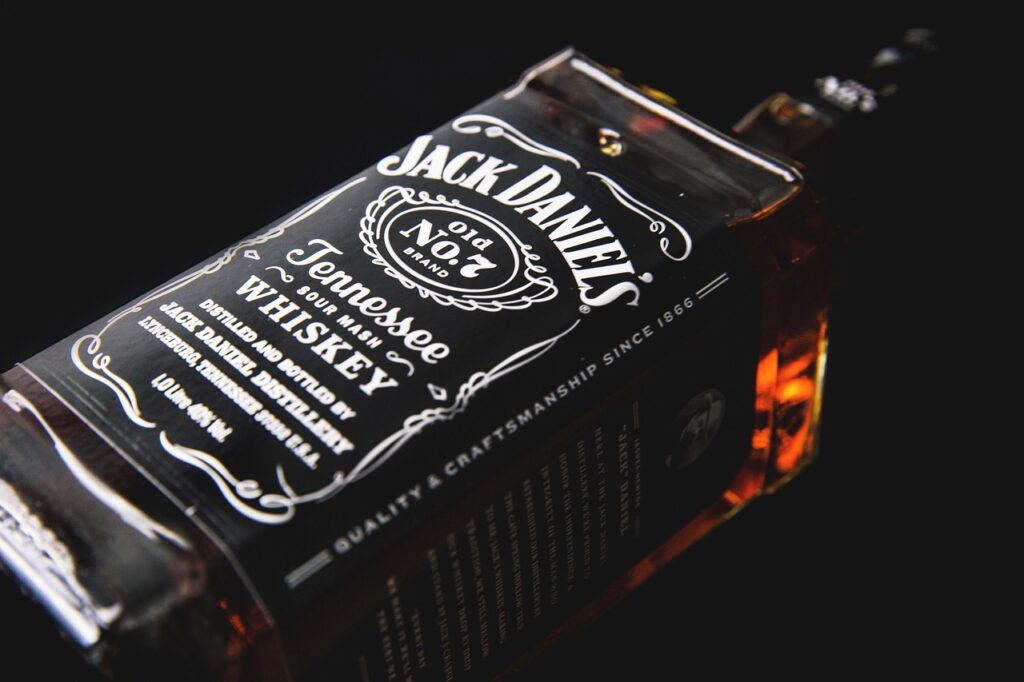
You may have noticed that every single Bottled in Bond whiskey is 100 proof. That is no coincidence. The Bottled in Bond Act states that each bottle needs to be no more or less than 100 proof to be considered Bottled in Bond.
Back in the 1800’s, there was a lot of variability in the strength of whiskeys. Standardizing the proof at 100 was a consistent way to provide customers with a consistent experience.
This also prevented distillers from mislabeling their whiskeys and minimized false advertisement of incorrectly stated proofs.
To further minimize distrust from distillers, the Bottled in Bond act mandated strict labeling requirements. These new labeling principles required distillers to clearly identify the distillers where the whiskey was distilled.
The label must also state the year and when the whiskey was distilled. The label must also include information about the aging of the whiskey. Since bottled in bond whiskey must be 100 proof, the label must accurately reflect this.
The Bottled in Bond Act of 1897 brought with it a minimum 4 year age statement.
The aging process for whiskey is a crucial part for the flavor and character development process. Before the Bottled in Bond Act, there was little standardization in the aging of whiskey. The four-year minimum requirement provided a consistent standard that consumers could rely on when purchasing whiskey.
What I find interesting about age statements as it pertains to Bottled in Bond whiskeys is the absence of age statements on the label if the bottle is over 4 years old. In other words, if a Bottle in Bond whiskey is over 4 years old, the manufacturer is not required to specific the exact age.
I hope this article brings some interesting thoughts about the Bottled in Bond history. The Bottled in Bond act was a revolutionary step towards standardizing whiskeys in America and earning customers trust back from distillers. I, for one, am very intrigued by the Bottled in Bond Act and the positive impact it had on the industry.
What are some of your favorite Bottled in Bond whiskeys today? Let me know in the comments below.

Follow these 10 tips to ensure your whiskey is properly stored.

As I think about the whiskeys I enjoyed most in 2023, I must say, I am even more excited for the whiskeys set to release in 2024.
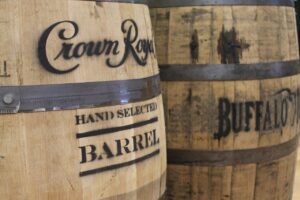
Have you ever wondered how climate impacts your favorite type of whiskey?

Here is my top 10 most enjoyed bourbons for 2023. Number 7 will surprise you.
Great article! Delving into the Bottled in Bond Act of 1897 was a fascinating journey. It’s incredible to realize the impact of this legislation on the quality and trustworthiness of whiskey. The history of “The OL’ Snakehead” and other distilling practices puts into perspective how far we’ve come. I’m curious about how these historical standards are reflected in modern Bottled in Bond whiskeys. Do you have any favorites that showcase the best of these regulations? Thanks for sharing this insightful piece!
Crazy that old distillers put rattlesnake heads into whiskey back then